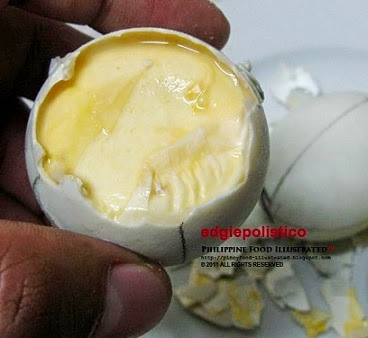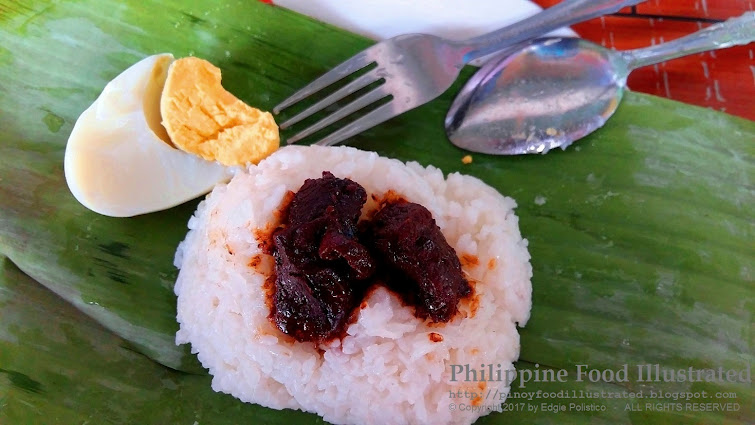lipote – /li-pó-te/ Bicolano, Quezonian [Quezon province], and southern Luzon [including Tagalog] fruit [n.] lipote tree and its fruit (sc.name: Sysygium polycephaloides or Syzygium curranii).
Other local common names:
- a.k.a. igot or bahag in Tagalog and Bicolano
- baligang in Bicolano [Albayano]
- malig-ang in Bicolano [Camarines Norte]
- amhi in Bicolano [Camarines sur]
- igot in Waray [Samareño]
A species of Java plum. Lipote is a fruit tree that is indigenous to the Philippines and can be found growing in the Bicol region and in some places in the southern part of Luzon that includes Metro Manila, Batangas, Laguna, Marinduque, and Eastern Visayas that includes Samar.
The tree grows up to 9 meters or more and bears round, dark red to black fruits that look like that of duhat, but is rounder and has no seeds. Hence, it is often called a seedless duhat by those who do not know its local name.
The fruits are borne in compact clusters, each fruit is about 20mm in diameter and would become darker as it ripens. The ripest is black or very dark in color and has a rather dry but pleasant acid flavor. It is eaten ripe and raw.
When grown outside the Bicolandia, the fruits have the tendency to be more acidic or a bit sour in taste.
Locals would collect the ripe fruits, mash and put them in a sealed container with some salt and sugar added inside. The container is juggled hard enough to squeeze the juice from the fruits. The extracted blood-red juice is collected and taken as a refreshing juice drink. The pure extract can be stored in a jar and will keep for weeks. It can be served cold by adding lots of ice. Some say that it tastes the hint of duhat but more like that of a mangosteen, with a peculiar tart-sweet and tannin taste.
The pure juice extract can be fermented to make wine, or mixed as a flavoring with lambanog (coconut arrack) and other beverages.
Be careful not to stain the dress or cloth with the dark red juice as it is very tough to remove. It could even stain the fingers and tongue.
The fruits can also be preserved in the form of candies, compote, jelly, or jam.
It can also be used in making pickles and fruit pies.
The fruit is believed to have a high antioxidant content and is also good for treating hypertension, diabetes, or high sugar level in the blood.
Related posts:

All photos by Edgie Polistico posted in this blog are copyrighted. ALL RIGHTS RESERVED.
If you liked what you saw and read, please share this blog.
Let us know your opinion on the subject. Feel free to comment in the comment section, below. It is important for us to know what you think.
Tell us also what other topics you would like us to write, share, and discuss.
Continue to follow my blogs. You can also follow and learn more by joining us in our Facebook group account of Philippine Food Illustrated (Private) and the Philippine Food Illustrated (Public) It is my pleasure to rediscover the known and least known things or the unheard ones and put them here for everyone to find, learn, and treasure.
Thank you for all the encouragement and enthusiasm. I also need moral support, prayers, and anything else that can uplift my spirit and keep my good reasons. Keep them coming.
If you are pleased and happy with this blog, please share the PHILIPPINE FOOD ILLUSTRATED. It is energizing that my blog becomes one of the reasons why someone is happy and smiling.
Edgie Polistico
For more about Filipino food, see this Philippine Food, Cooking, and Dining Dictionary. It is OPEN and FREE.



























